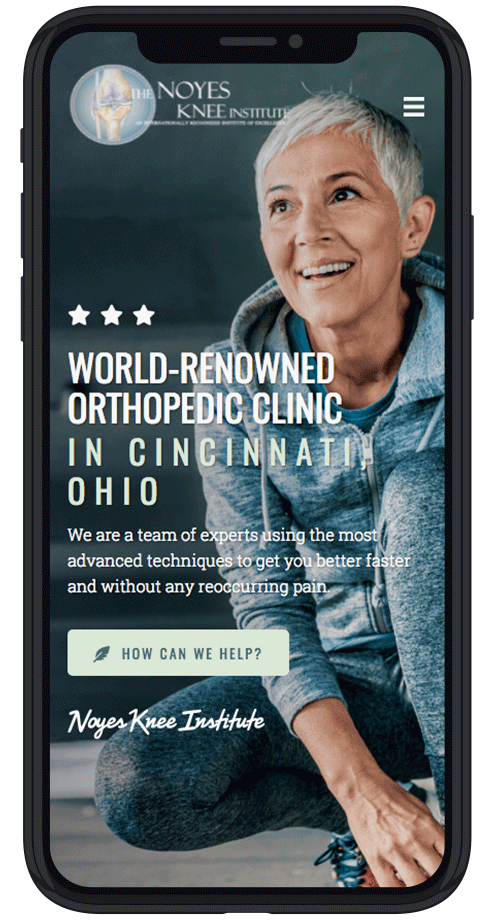Published On
Category

Knee problems affect both men and women. Athletics, aging, injury, and posture all contribute to knee pain. However, women are more likely to experience knee problems-no matter how active or inactive they are.
Fortunately, if you know your knees’ weaknesses, you can take steps to prevent injury by being more mindful when lifting, running, or jumping during daily activities or when playing sports. Here’s why women have more trouble with their knees than men, and what you can do about it.
Increased Injury Risk
One of the most traumatic injuries to the knee is tearing the anterior cruciate ligament (ACL). This ligament stabilizes the knee, prevent the connecting bones in the knee joint from sliding forward or twisting too much. Females are eight times more likely to tear the ACL, which often requires surgery and several months of physical therapy to rehabilitate.
Why are women more at risk? It’s a question of anatomy and biology. Women generally have wider hips than men. Your hips are the starting place for the alignment of the rest of your leg. Where men have a generally straight leg alignment from hip to knee, women have an angled alignment, which places greater stress on the joint.
Also, active women tend to overdevelop the large quadriceps muscles while under-developing the hamstrings, creating a power imbalance. The hamstrings work in opposition to the quadriceps, relaxing the stress on the ACL. Your quads, on the other hand, continually “pull” on the ligament. During activities like running, jumping, or quickly coming to a stop, this imbalance increases stress on the ACL.
The final source of increased risk comes from hormonal differences. Women experience hormone cycles that affect the flexibility of muscles and ligaments. An extreme example is that when a women is pregnant, the hormone relaxin can loosen the ligaments in your body, decreasing the tight stability that normally exists in the knee.
Increased Arthritis Risk
Knee injuries are not the only knee problem more common in women. Women are also more likely to develop osteoarthritis, most frequently in the knees and hands. There are several factors that lead to the development of arthritis, including:
- Genetics. Women who have a family history of arthritis are more likely to get it themselves.
- Hormone changes. Periods, pregnancy, and menopause increase the chances of arthritis. Early menstruation increases the chances of developing osteoarthritis by up to 15%.
- Obesity. More women are overweight and obese than men, so the rates of arthritis naturally remain higher in female populations.
- Knee injuries. The same factors that increase your chances of ACL injury also increase your chance of arthritis, since injured knees themselves present a greater risk.
Arthritis can affect adult women of almost any age, but it is more common as people age.
Prevention Strategies
Fortunately, all women can actively work to prevent knee injuries. Now that you are aware of the risk factors and biological predisposition for knee problems, you can:
- Play safely. ACL injuries can occur with careless movement during any activity, but they are especially common in sports like soccer, basketball, and running, when players twist or stop too suddenly. When jumping or running, never land on a fully extended leg without bending your knees to reduce the stopping force.
- Train slowly. Over-training increases your chances of injury. If you’re beginning a new workout program, start and build up slowly, even if you are already playing another sport. Your muscles and ligaments need time to recover and adjust to new motions.
- Monitor your weight. As you age, reduce your risk of injury by choosing moderate exercise and a healthful, low-calorie diet.
- Strengthen your legs. You want to exercise your knees in a controlled environment and build your strength to improve your ability to withstand injury. Lift weights, swim, and cross-train to
improve your hamstring strength and your ligaments’ ability to withstand athletic force.
You can work to prevent knee pain and injury. If you have questions about knee injury recovery, contact us at the Noyes Knee Institute.

